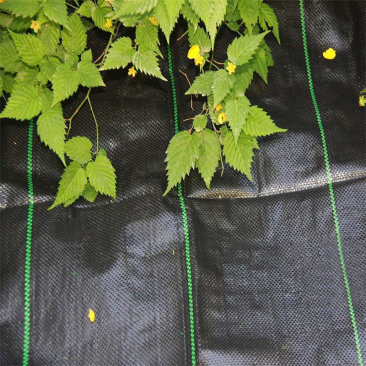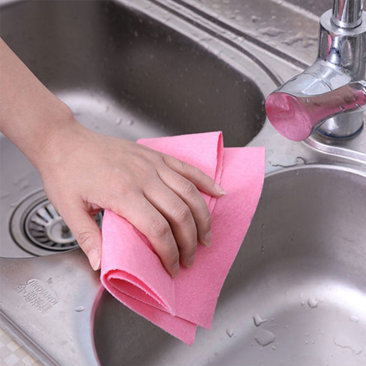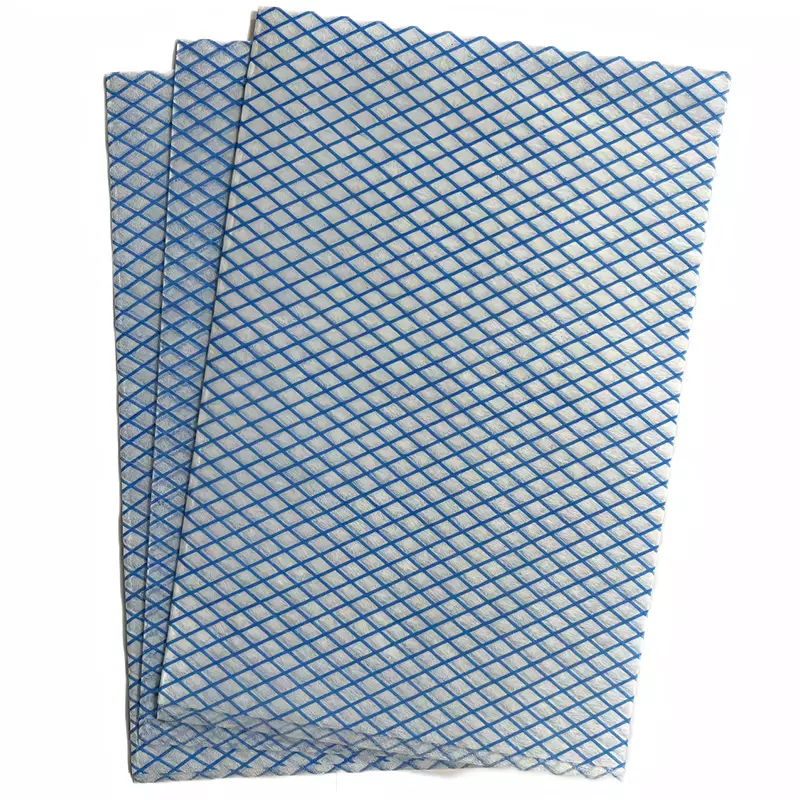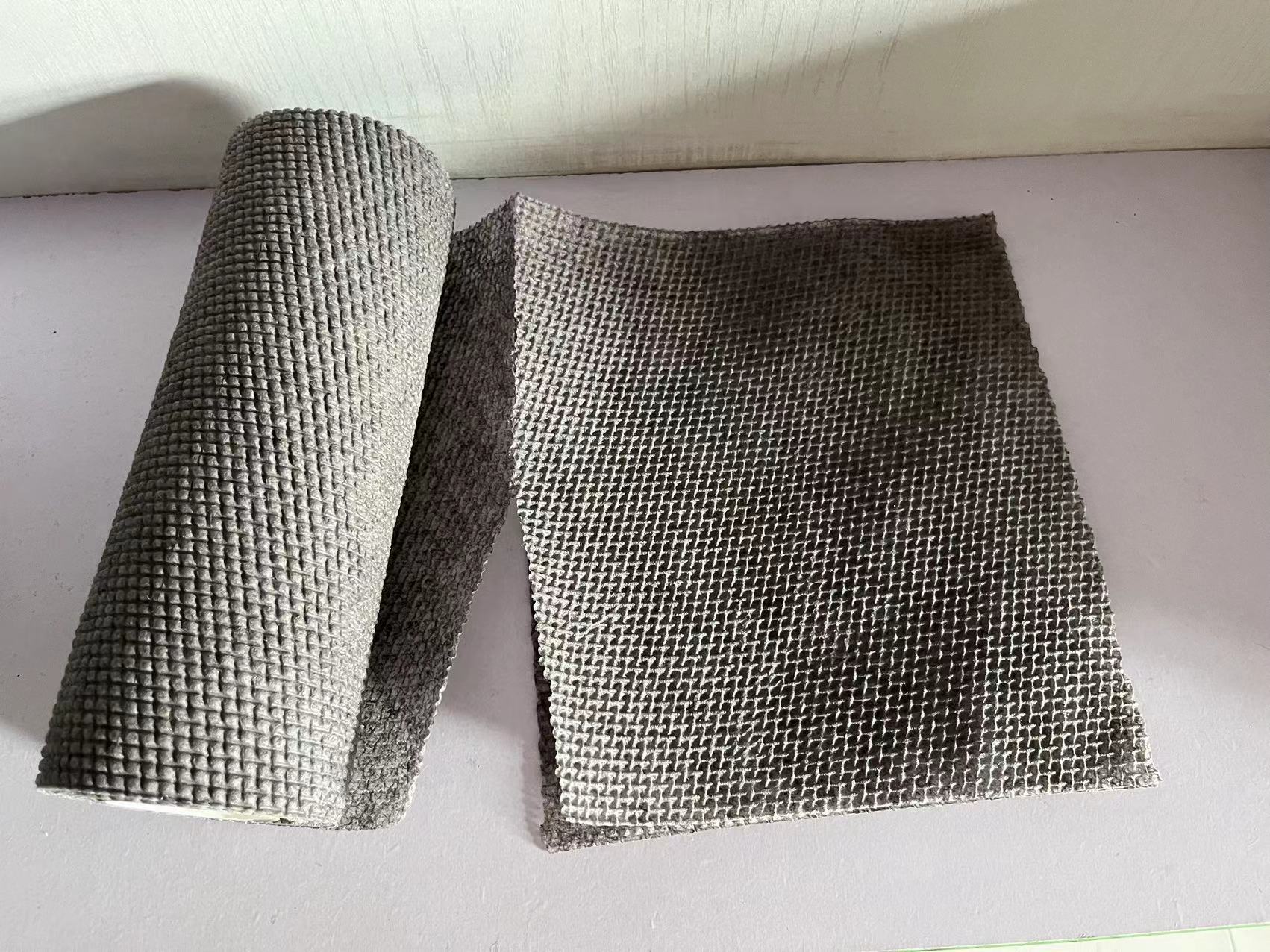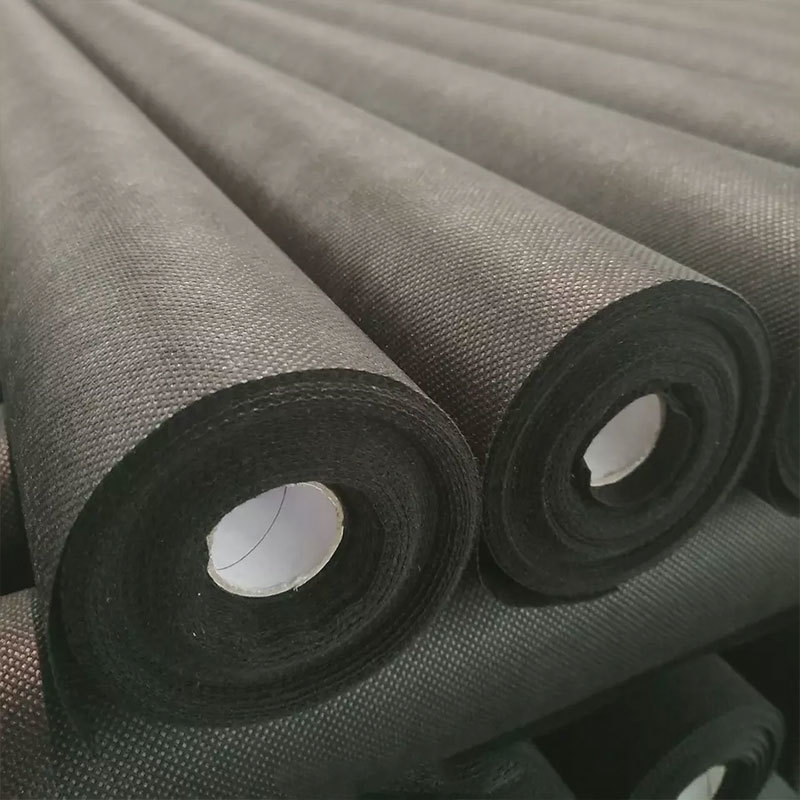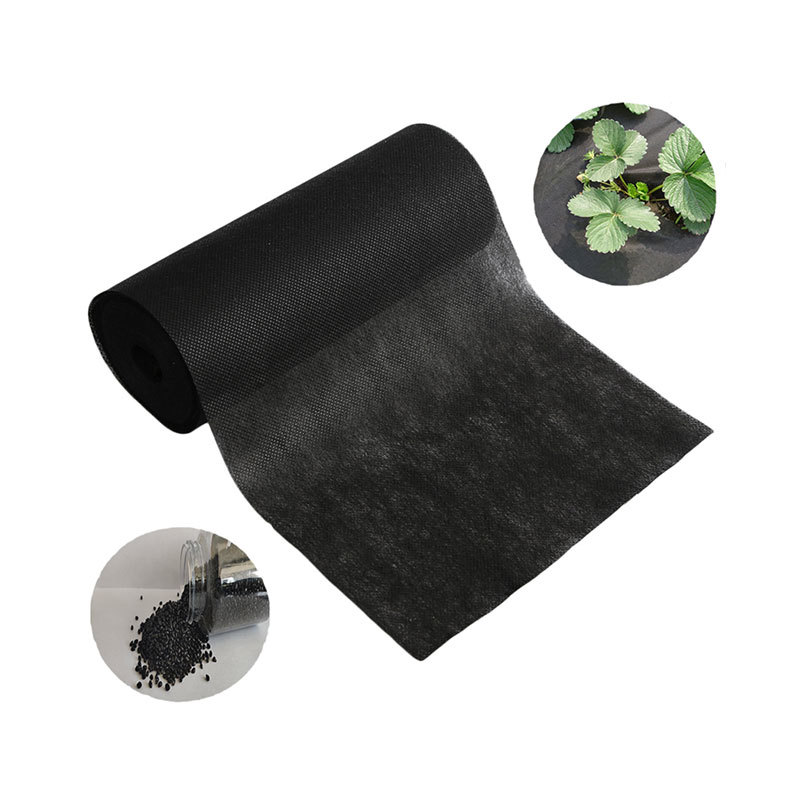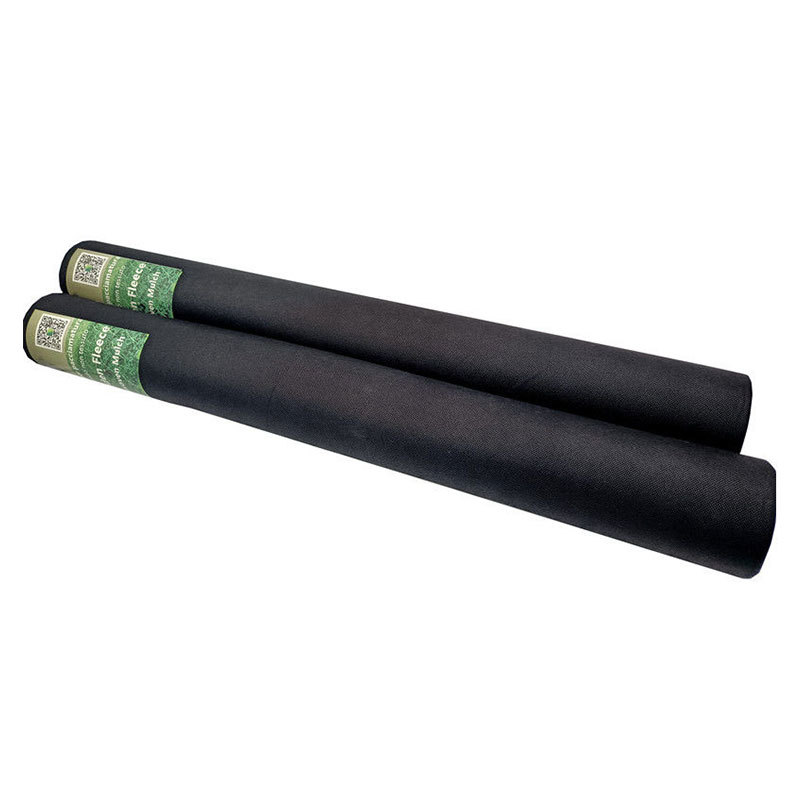27
2025
-
07
Why Choose PP Spunbond Nonwoven Fabric for Your Next Project? Discover the Advantages and Applications
Why Choose PP Spunbond Nonwoven Fabric for Your Next Project? Table of Contents 1. Introduction to PP Spunbond Nonwoven Fabric 2. What is PP Spunbond Nonwoven Fabric? 3. Advantages of Using PP Spunbond Nonwoven Fabric 3.1 Durability and Strength 3.2 Lightweight Characteristics 3.3 Cost Efficiency 3.4 Versatility in Applications 4. Applications of PP Spunbond Nonwoven Fabric 4.1 Medical and Hyg
Why Choose PP Spunbond Nonwoven Fabric for Your Next Project?
Table of Contents
- 1. Introduction to PP Spunbond Nonwoven Fabric
- 2. What is PP Spunbond Nonwoven Fabric?
- 3. Advantages of Using PP Spunbond Nonwoven Fabric
- 3.1 Durability and Strength
- 3.2 Lightweight Characteristics
- 3.3 Cost Efficiency
- 3.4 Versatility in Applications
- 4. Applications of PP Spunbond Nonwoven Fabric
- 4.1 Medical and Hygiene Products
- 4.2 Agricultural Uses
- 4.3 Construction Industry
- 4.4 Geotextiles and Environmental Applications
- 5. Sustainability of PP Spunbond Nonwoven Fabric
- 6. How to Choose the Right PP Spunbond Nonwoven Fabric
- 7. Conclusion
- 8. FAQs
1. Introduction to PP Spunbond Nonwoven Fabric
In the dynamic world of textiles, **PP Spunbond Nonwoven Fabric** has emerged as a leading material, celebrated for its unique properties and diverse applications. As industries evolve and consumer demands shift, understanding the core benefits of this fabric can significantly impact project outcomes. This article delves into the numerous advantages of **PP Spunbond Nonwoven Fabric** and how it can enhance your next project.
2. What is PP Spunbond Nonwoven Fabric?
PP Spunbond Nonwoven Fabric is manufactured from polypropylene, a thermoplastic polymer. The production process involves extruding polypropylene filaments, which are then bonded together to create a strong, durable fabric. This nonwoven fabric is distinct from traditional woven textiles, as it does not involve weaving or knitting processes. Instead, it relies on bonding methods such as heat, pressure, or chemical adhesives to create a fabric that is both functional and versatile.
3. Advantages of Using PP Spunbond Nonwoven Fabric
When considering materials for your project, PP Spunbond Nonwoven Fabric offers several key advantages that set it apart from other textiles.
3.1 Durability and Strength
One of the standout features of PP Spunbond Nonwoven Fabric is its exceptional durability. This fabric is resistant to tearing, puncturing, and abrasion, making it an ideal choice for products that require longevity. The fabric maintains its integrity even under challenging conditions, ensuring that your products meet the demands of everyday use.
3.2 Lightweight Characteristics
PP Spunbond Nonwoven Fabric is remarkably lightweight, which contributes to ease of handling and application. This characteristic is particularly beneficial in industries like medical and hygiene, where lightweight materials enhance user comfort and convenience. The fabric's low weight also translates to reduced shipping and storage costs, making it a practical choice for manufacturers.
3.3 Cost Efficiency
Cost considerations are crucial in any project. PP Spunbond Nonwoven Fabric is not only affordable to produce, but it also provides excellent cost-efficiency due to its durability. This means fewer replacements and lower long-term expenses for businesses, allowing them to maximize their profit margins without compromising on quality.
3.4 Versatility in Applications
Another significant advantage of PP Spunbond Nonwoven Fabric is its versatility. This material can be used in a wide range of applications, from medical and hygiene products to construction and agricultural uses. Its adaptability makes it a go-to choice for various industries looking to innovate and improve product offerings.
4. Applications of PP Spunbond Nonwoven Fabric
PP Spunbond Nonwoven Fabric's versatility translates into numerous applications across different sectors. Here are some of the most common uses:
4.1 Medical and Hygiene Products
In the medical field, PP Spunbond Nonwoven Fabric is widely utilized in the production of surgical gowns, masks, and other hygiene products. Its hygienic properties, combined with durability, make it an ideal choice for medical applications where safety is paramount.
4.2 Agricultural Uses
The agriculture sector benefits significantly from PP Spunbond Nonwoven Fabric. It is commonly used as crop covers, mulch films, and protective netting. This fabric fosters optimal growing conditions by protecting crops from harsh weather while allowing air and water to penetrate.
4.3 Construction Industry
In construction, PP Spunbond Nonwoven Fabric serves various purposes, including roofing underlayment, insulation, and geotextiles. Its strength and durability help protect structures and improve overall construction efficiency.
4.4 Geotextiles and Environmental Applications
Geotextiles made from PP Spunbond Nonwoven Fabric are crucial for soil stabilization, erosion control, and drainage systems. These applications contribute to environmental sustainability by preventing soil erosion and improving water management practices.
5. Sustainability of PP Spunbond Nonwoven Fabric
With growing environmental concerns, the sustainability of materials has become a focal point for manufacturers and consumers alike. PP Spunbond Nonwoven Fabric stands out for its ability to be recycled and its relatively low environmental impact compared to traditional textiles. Many manufacturers are exploring eco-friendly production processes, further enhancing the sustainability profile of this material.
6. How to Choose the Right PP Spunbond Nonwoven Fabric
Selecting the right PP Spunbond Nonwoven Fabric for your project involves several considerations:
- **Project Requirements**: Assess the specific needs of your project, including strength, weight, and durability.
- **Application**: Different applications may require varying fabric specifications, so it's crucial to understand the intended use.
- **Supplier Reputation**: Choose reputable suppliers known for high-quality PP Spunbond products to ensure consistency and reliability.
By taking these factors into account, you can make an informed decision that aligns with your project goals.
7. Conclusion
In summary, PP Spunbond Nonwoven Fabric presents numerous advantages that make it an excellent choice for a variety of projects. Its durability, lightweight nature, cost-efficiency, and versatility make it a practical solution for industries ranging from healthcare to construction. As sustainability becomes increasingly important, the eco-friendly attributes of this fabric further enhance its appeal. If you're considering materials for your next project, exploring the benefits of PP Spunbond Nonwoven Fabric could lead to innovative and effective solutions.
8. FAQs
1. What is the primary material used in PP Spunbond Nonwoven Fabric?
PP Spunbond Nonwoven Fabric is primarily made from polypropylene, a thermoplastic polymer known for its durability and lightweight properties.
2. Is PP Spunbond Nonwoven Fabric environmentally friendly?
Yes, PP Spunbond Nonwoven Fabric is recyclable and has a lower environmental impact compared to traditional woven fabrics, especially when produced through eco-friendly methods.
3. What are some common applications of PP Spunbond Nonwoven Fabric?
Common applications include medical and hygiene products, agricultural covers, construction materials, and geotextiles for environmental management.
4. How does PP Spunbond Nonwoven Fabric compare to woven fabrics?
PP Spunbond Nonwoven Fabric is generally more durable, lightweight, and cost-effective than woven fabrics, making it suitable for a wider range of applications.
5. Can PP Spunbond Nonwoven Fabric be customized for specific projects?
Yes, manufacturers often offer customization options regarding thickness, color, and specific properties to meet the unique needs of different projects.
pp spunbond nonwoven fabric


